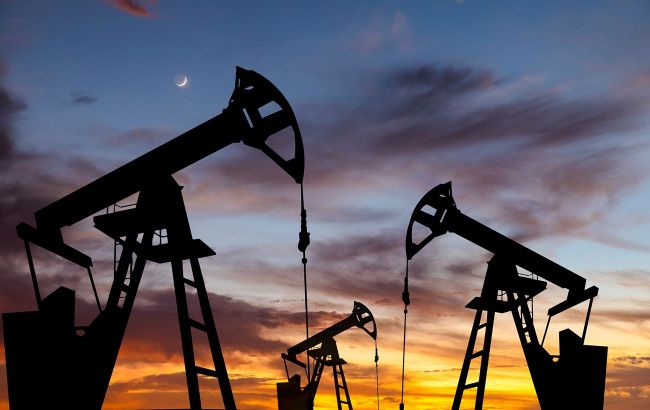OPEC+ announces major oil output hike: Reason named
 Пlobal oil production continues to rise (Photo: Getty Images)
Пlobal oil production continues to rise (Photo: Getty Images)
OPEC+ countries may increase oil production by 500,000 barrels per day as early as August, which could lead to a market price drop, according to Bloomberg.
OPEC+ member countries are considering further accelerating the recovery of oil production volumes. This was reported by delegates ahead of the alliance’s virtual meeting scheduled for Saturday.
Saudi Arabia had initiated an increase in production within OPEC+ by 411,000 barrels per day over the past three months. Currently, group members are discussing the possibility of an even greater boost in output starting in August.
This aggressive strategy allows the group to regain market share from competitors outside OPEC+, despite the risk of a global oil glut that could further pressure prices.
The recent drop in oil prices benefits US President Donald Trump, who views cheaper energy as a tool to reduce costs for consumers affected by inflation.
According to one delegate, eight key member countries of the alliance are considering increasing production by more than 500,000 barrels per day. Another delegate noted that this would allow OPEC+ to fully restore the 2.2 million barrels per day of previously suspended output by September — earlier than originally planned.
On Friday, Brent crude futures traded near $68 per barrel in London, down 13% from two weeks ago. The shift from armed conflict to a fragile ceasefire between Israel and Iran has had little impact on energy exports from the Middle East.
“With OPEC+ having pivoted to a market share over a price defence strategy, it may be pointless to keep a notional voluntary cut in place. It could be best to get it over faster, and simply move on,” said Harry Tchilinguirian, head of analysis at Onyx Capital Group.
New policy
Since April of this year, OPEC and its partners have abandoned their long-standing policy of limiting oil production and have begun actively increasing supply - a move that surprised oil traders and raised questions about the alliance’s future strategy.
Among the reasons for the policy shift, delegates cited the need to meet peak summer fuel demand, correct overproduction by certain member states, and regain market share from competitors, particularly US shale oil producers. According to representatives from Riyadh, there is a strong interest in rapidly restoring previously halted output.
The additional oil volumes are expected to be welcomed by President Trump, who has consistently advocated for lower oil prices to support the US economy and curb inflation, while simultaneously pressuring the Federal Reserve to cut interest rates.
At the same time, the increase in oil production carries the risk of creating an oversupply in the market, which could potentially drive prices down to levels that are financially unprofitable for the producers themselves.
In recent months, global oil inventories have been rising by approximately 1 million barrels per day, amid slowing demand in China and increased production in North and South American countries, particularly in the US, Guyana, Canada, and Brazil.
According to forecasts by the International Energy Agency, a significant surplus is expected in the market in the second half of the year. Analysts from JPMorgan Chase & Co. and Goldman Sachs Group Inc. do not rule out that oil prices could fall to $60 per barrel - or even lower - as early as the fourth quarter.
In June, OPEC+ also accelerated oil production by 411,000 barrels per day. The decision was made despite falling prices and expectations of lower demand.
At the end of June, global oil prices declined due to the escalation of military tensions between Israel, the US, and Iran.
To learn more about how a war between Israel and Iran could crash the global economy - and what it might mean for Ukraine - read the article by RBC-Ukraine.

